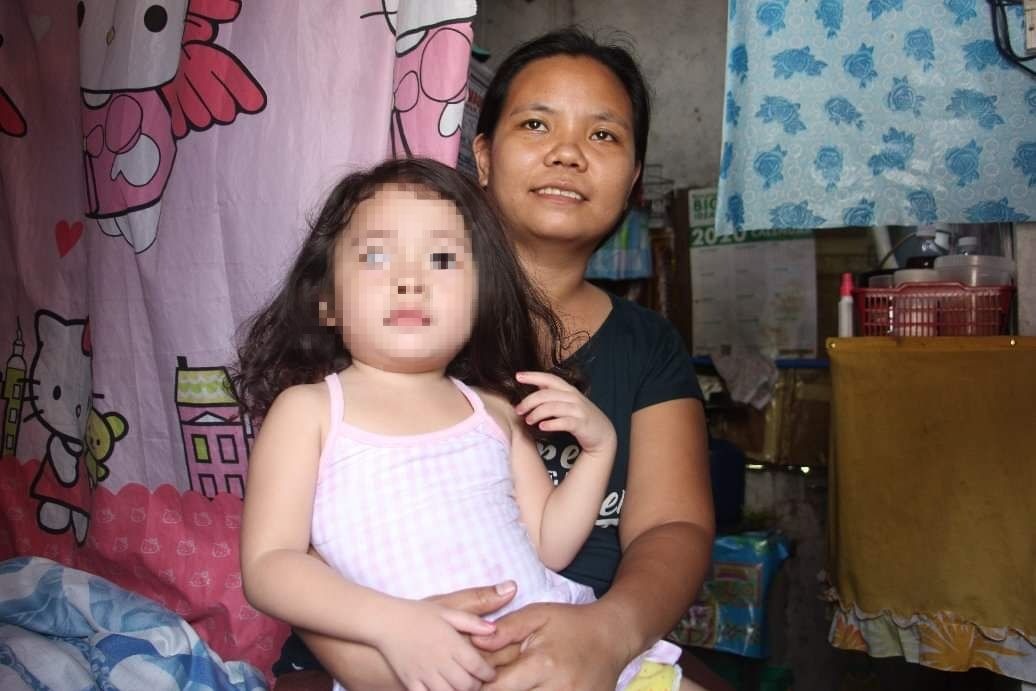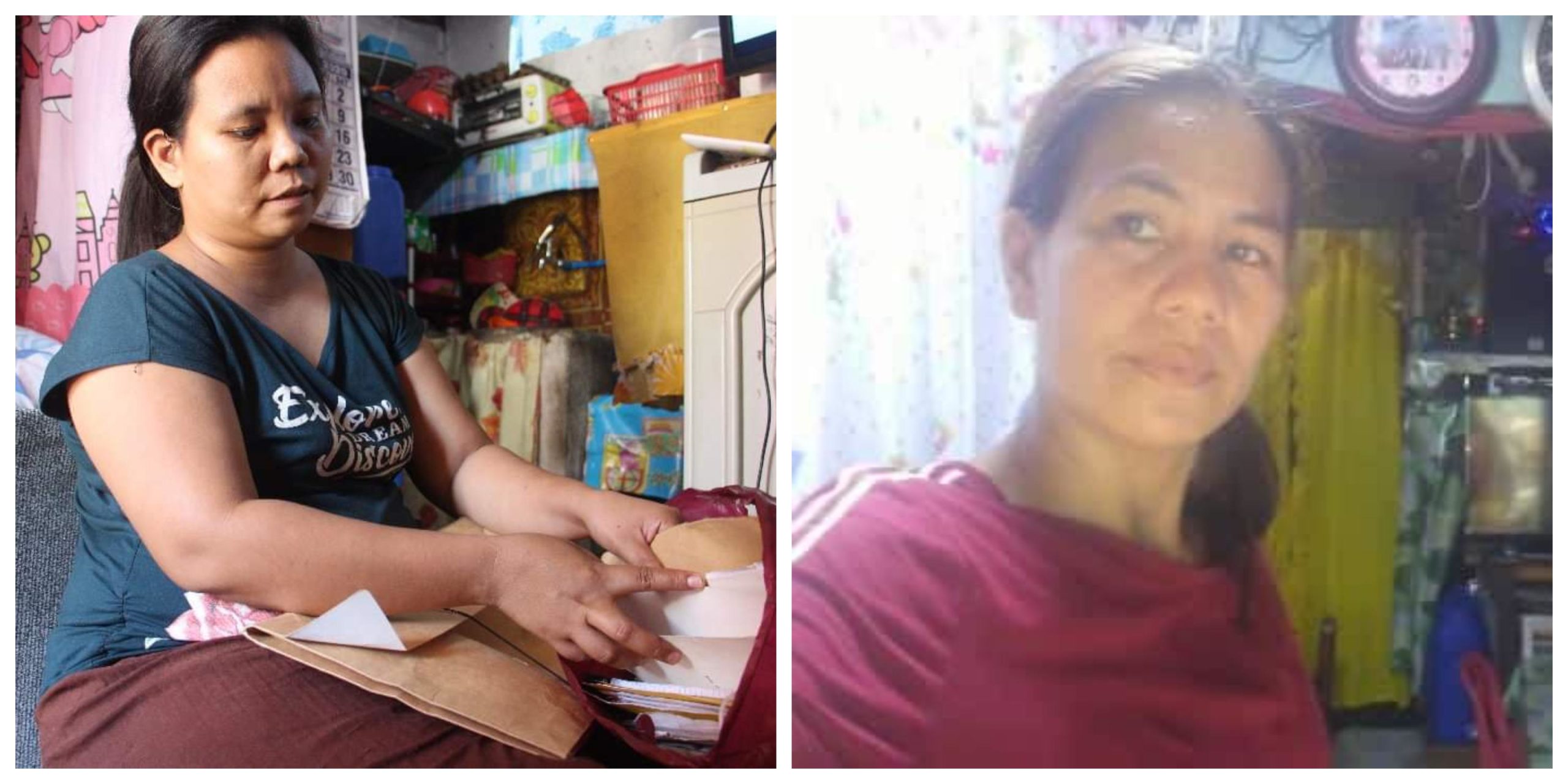Schools in the Philippines typically re-open in June, but this year is different.
The COVID-19 pandemic has stoked fears that children will catch the respiratory illness in educational institutions, leading President Rodrigo Duterte to proclaim that schools should remain closed until a vaccine becomes available. The Department of Education is now toying with the idea of offering “blended” learning, which will use a combination of television, the internet, radio, and printed materials.
But blended learning brings with it a slew of problems. Just ask the mothers of Sitio (sub-village) San Roque in Quezon City, who might end up postponing their children’s schooling because they can’t afford the costs associated with it.
Read: No face-to-face learning until COVID-19 vax is available, says Education Secretary
Aneste Saeldin, 29, is a mother of two who has been living in the disputed community since 2009. She tells Coconuts Manila in a phone interview that her eight-year-old daughter, Bynshe, an incoming Grade 3 student, has already learned that she will need to stop her education this year.

“A lot of requirements this year for school have to be sent online,” Saeldin said in mostly Filipino. “We’re having a hard time [with registration]. We can’t do it.”
Saeldin said that before COVID-19 hit, she had download modules for her daughter, which are sent to them by teachers on Facebook Messenger. She has to pay for data, which starts at PHP50 (US$1) for three days, and the printing of the modules. If she were to pay for an internet subscription, she would have to shell out as much as PHP1,500 (US$30) each month, something she could not afford because her husband had lost his job due to the quarantine.
She fears that with blended learning, she will end up paying more for data and printing of documents.
“Printing costs PHP5 (US$.10) per page. Before the lockdown, we had to print 34 pages of modules for nine subjects. This is aside from their monthly tests, which we have to pay PHP10 (US$0.10) for because of printing costs,” she said.
Read: PH school year may resume in June, but ‘face-to-face’ learning to start August
Saeldin has already told Bynshe about the possibility that she would have to stop her education.
“Last week, I told her, ‘You won’t be going back to school because we don’t have money for online classes. She called her grandmother in the province because she wanted to study there. In the province, they don’t rely on online classes so much,” Saeldin said, with a tinge of sadness in her voice.
Gelyn Rosillo, a former vendor who also lives in San Roque, is in a similar situation. She used to sell pork along Blumentritt Road in Manila, but she, as well as her husband, had to stop working when the city was locked down. She’s worried that doesn’t have the money to buy the gadgets necessary for blended learning.

Each month, she spends at least PHP14,000 (US$281) for electricity, rent, and food for her family of four, and with money being tight, her son Lance Jay’s education will just have to take a backseat.
“He has to stop because we ran out of money [because of the lockdown]. We need to save up because my husband is a carpenter and he has lost his job,” she said in Filipino.
Rosillo said she had already told Lance Jay about her decision.
“He didn’t want to do it because he feels the year will be wasted. But there’s nothing we can do because we don’t have money to buy things. We’re not ready [for blended learning],” the 37-year-old mother said.
“He cried because he’s 12 years old, and he should be starting Grade 7 [this year]. But there’s nothing I can do. The problem with online is that we can’t buy data, or laptop when the Department of Education requires learning to happen online.”
“Cellphone? We can afford to buy only the fake [low-cost] ones, which drains battery easily. [Blended learning] is just for rich people,” she said.
Rosillo and Saeldin are just two of the many mothers who think blended learning won’t work. But Education Secretary Leonor Briones remains positive that her department can do its job, and that no child will be left behind if schools remain shuttered. If internet service is unavailable in an area, children will just be taught in a different medium, Briones assured.
“Blended education is not new. This has been used in schools to make education more effective. If there is internet available, we can do it online; if there is no internet, we can do it offline. Television, radio, and printed modules have long been used in lessons and classes,” she said in English and Filipino.





Reader Interactions